Nominal Capacity V Actual Capacity
Home » Product Guides & Comparisons » Nominal Capacity vs Actual Capacity

To help our customers get an accurate quote for the right tank size, we’ve outlined the differences between nominal and actual capacity. Our tank size chart also assists customers in selecting the correct water tank capacity.
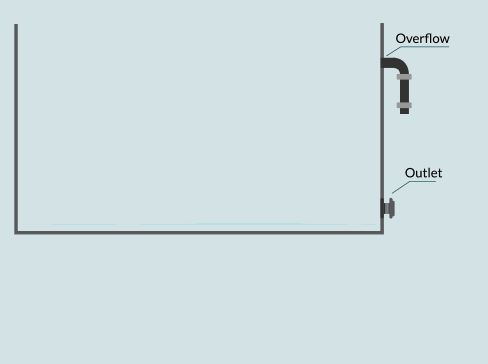
The Different Water Capacity Types
Nominal Capacity refers to the volume of water the tank holds when filled to the brim.
Actual Capacity represents the water volume from the base of the tank to the overflow pipe.
Actual Useable Capacity is the volume of water from above the outlet to the overflow pipe.
Differences Between Nominal and Actual Capacity
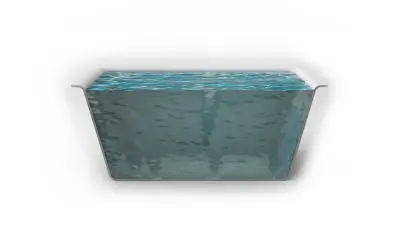
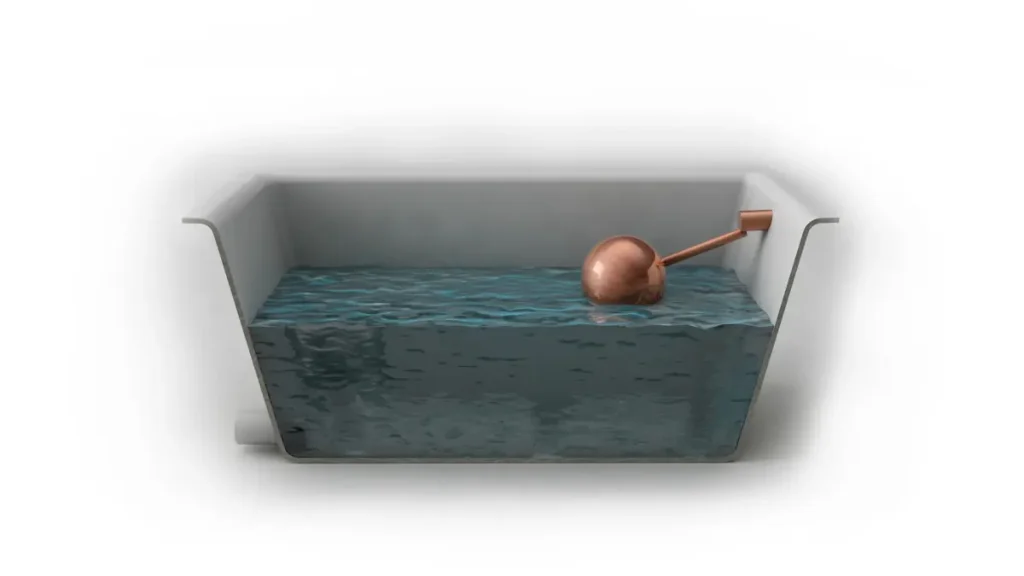
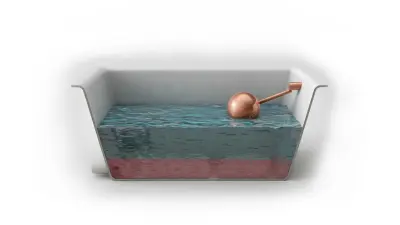
Nominal capacity
The nominal capacity of a water storage tank is the volume of water it holds when filled to the brim.
To calculate the nominal capacity, multiply the length, width, and height. You can also use our tank size calculator to quickly find the nominal capacity for your water storage tank.
actual capacity
In order to get the actual capacity of your water tank, you need to factor in the volume of water lost when an overflow and warning pipe is fitted. This will give you the top water level. If the top level water lost was 200mm, this is deducted from the overall height.
A 3m x 2m x 2m sectional tank would have an actual capacity of 10,800 litres because it will be calculated as a 3m x 2m x 1.8m tank after considering the 200mm volume of water lost.
What is Actual Useable Capacity
Actual useable capacity is the volume of water that can be physically used before air is taken into the system. You calculate actual useable capacity between two data points: the top water level (see actual capacity) and the dimension of the top of the outlet or low-level switch (pump protection). This water is known as dead water because it cannot be used.
How to calculate actual useable water tank capacity?
Suppose the area of water was 300mm. In that case, this is added to the top water level and subtracted from the overall height, e.g. the actual useable capacity of a 3m x 2m x 2m sectional tank is calculated as follows:
- 200mm (top water level) + 300mm (Dead water) = 500mm
- 2000mm (2m) – 500mm = 1500mm
- 3m x 2m x 1.5m = an actual useable capacity of 9,000 litres
Effective Capacity
The effective capacity is the physical volume of water available to use and is calculated the same as the actual useable capacity. The term ‘effective capacity’ is used by sprinkler companies to size their sprinkler tanks.


Read More...
- Water Tank Installation & Maintenance
- Cold Water Storage Tanks
- Case Studies

Cold Water Storage Tank Compliance in the UK: Regulations, Standards & Best Practices
Ensuring compliance with cold water storage tank regulations in the UK is essential for safeguarding water quality, maintaining system efficiency, and meeting legal obligations. From WRAS approval and LPCB certification to industry standards such as BS EN 13280, strict requirements govern the design, installation, and maintenance of water tanks.
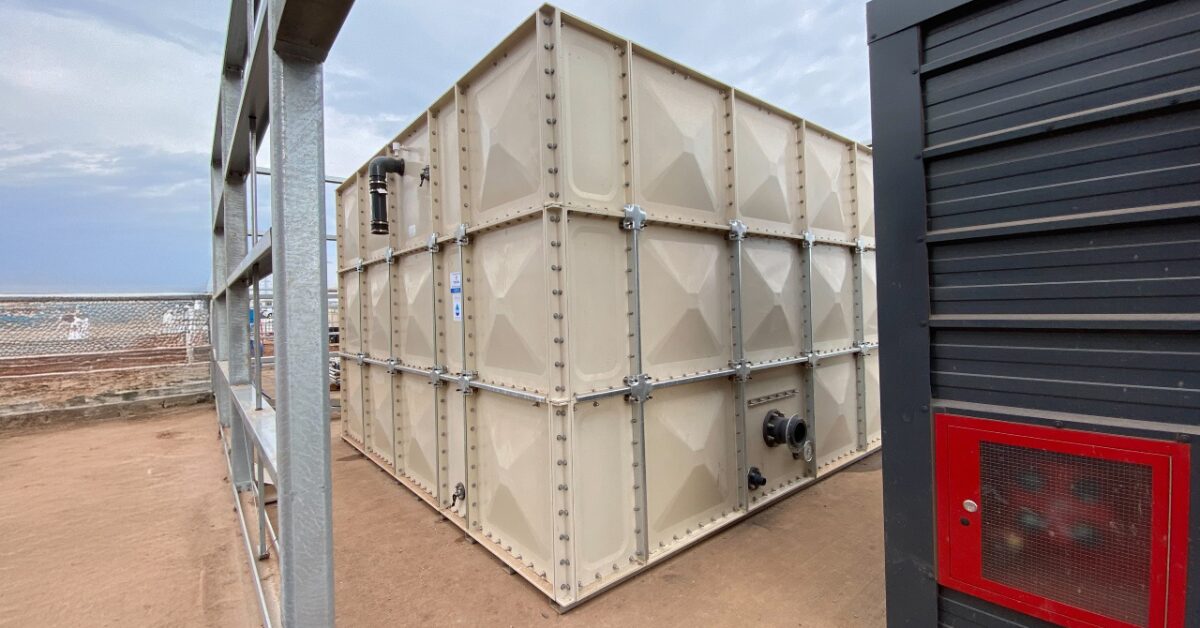
How to Maintain a Compliant Cold Water Storage Tank
Maintaining a cold water storage tank is not just about ensuring a reliable water supplyit is also a legal and safety requirement. A poorly maintained tank can pose serious risks, including bacterial growth such as Legionella, structural deterioration, or non-compliance with current regulations.

Leak in Water Tank: Causes, Prevention, and Solutions
Water tank leaks can lead to significant structural damage and water loss. Common causes include corrosion, poor installation, and lack of maintenance. To prevent leaks, it's essential to ensure proper installation, use high-quality materials, and conduct regular inspections. For detailed guidance on causes, prevention, and solutions for water tank leaks, refer to Tricel Water UK's comprehensive article.
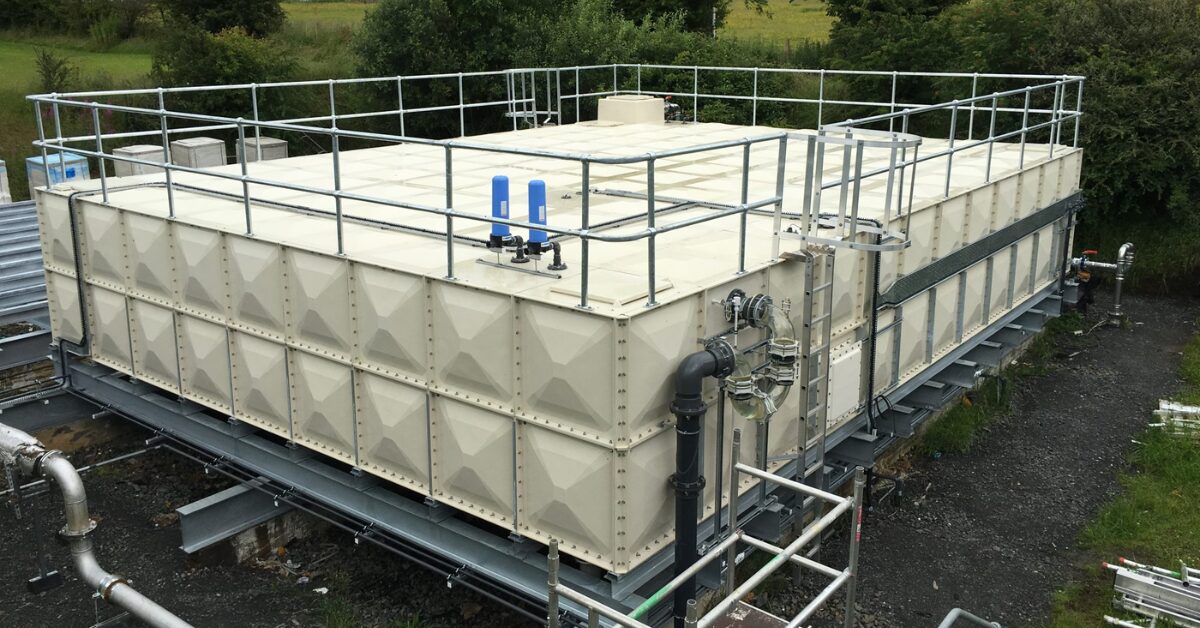
Importance of Base Levelling Steels
Proper base levelling is essential for the stability and longevity of your water tank. This guide explains why base levelling steels are crucial for preventing structural issues and ensuring your tank performs optimally over time.
